
A first-of-its-kind brain activity experiment in the International Space Station
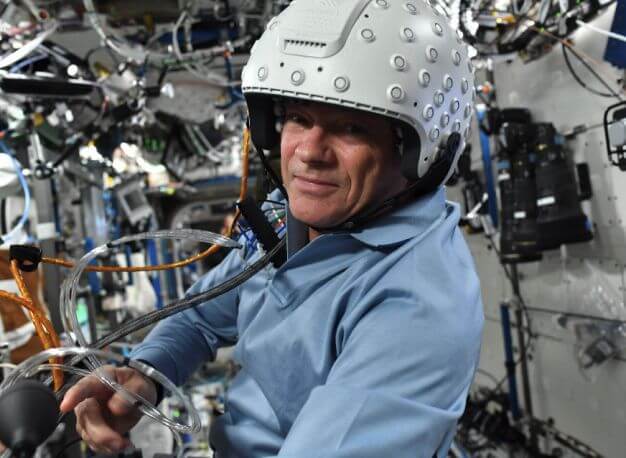
The experiment — performed in cooperation with the Rakia Mission — was designed and executed with the support of the Ben Gurion University’s Department of Cognitive and Brain Sciences.
The headset and all related hardware were planned to be soft-stowed and launched with the AX-1 ascent vehicle — a SpaceX Dragon rocket.
During its operation in the US Lab of the International Space Station (ISS), the brain.space headset recorded and analyzed neurological activity of crewmembers in order to determine whether results obtained in microgravity are different from those achieved on the ground. Upon completion of the mission, all hardware was placed back into its original launch stowage configuration for return on the next available flight back to Earth.
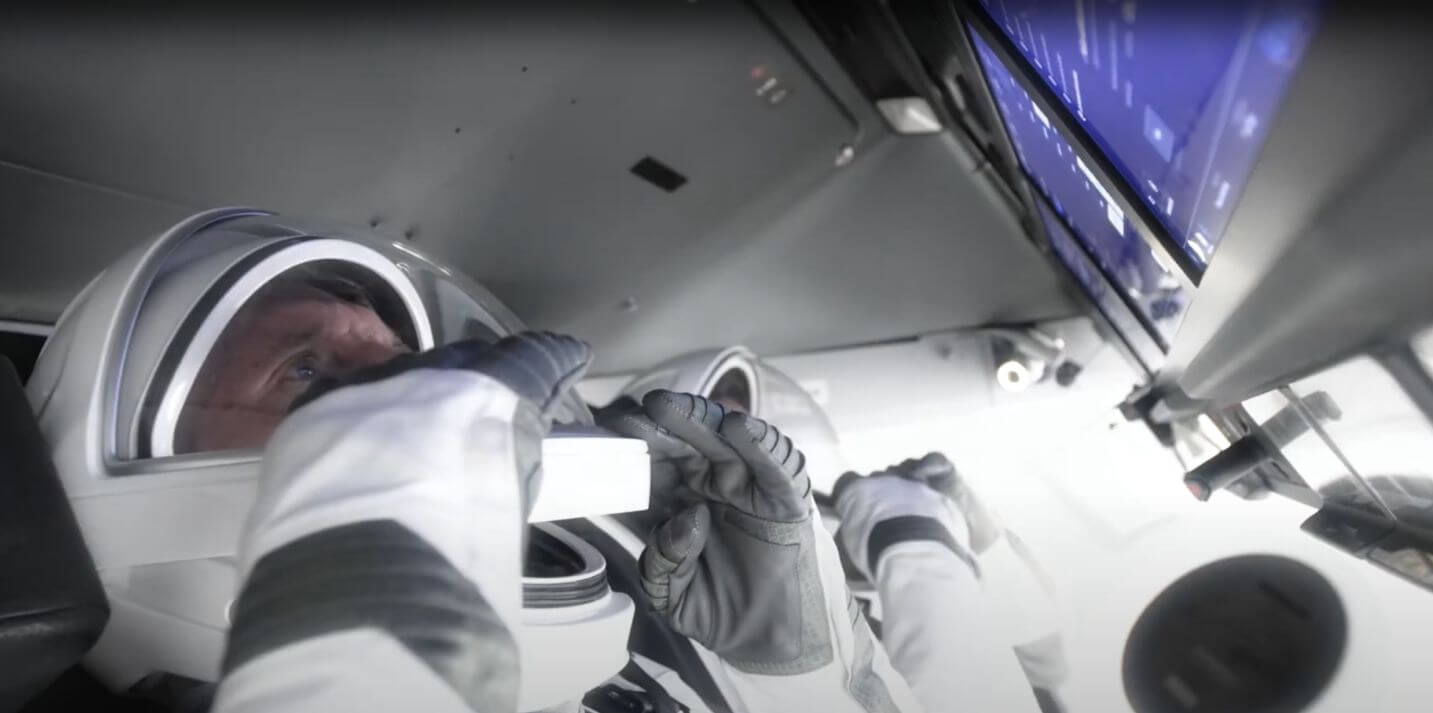
Mission Team Members
-
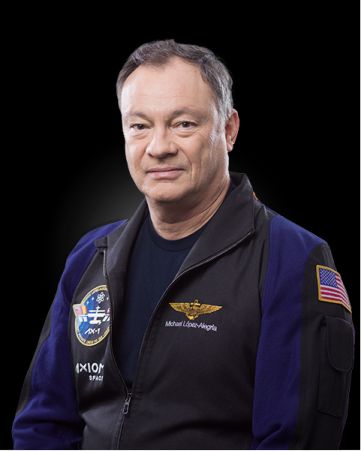
Michael López-Alegría
-

Larry Connor
-
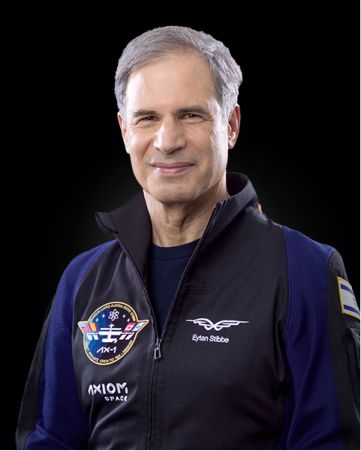
Eytan Stibbe
Our partners
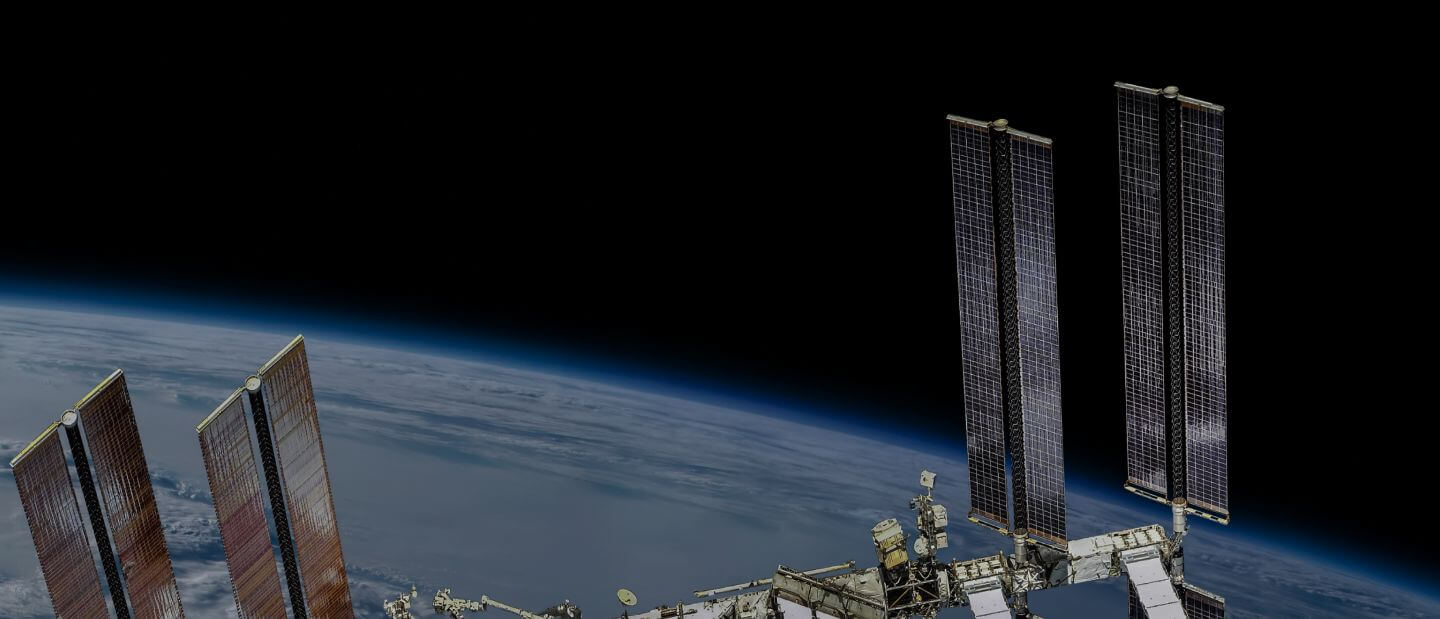
Mission Background
brain.space took part in the Ramon Foundation’s Rakia Mission which sent 30 groundbreaking experiments to the International Space Station with Israel’s second astronaut, Eytan Stibbe. The Rakia Mission was a unique opportunity for Israeli entrepreneurs, scientists and researchers to advance innovative ideas by testing their work in space and thereby advancing both Israeli and international research.
Purpose of the Experiments
With long term space exploration, and off-world living within grasp, brain.space has set itself the goal to become the standard for monitoring neurowellness in space.The Necessity for Neurowellness in Space
While there is data collection being carried out for various physiological measurements, such as heart rate, galvanic skin resistance, and muscle mass, there is currently no high-quality longitudinal data regarding the neural changes in prolonged space missions. Such information can be vital in assessing day-to-day plastic changes in the brain and predicting how the brain will adapt to long-term space travel.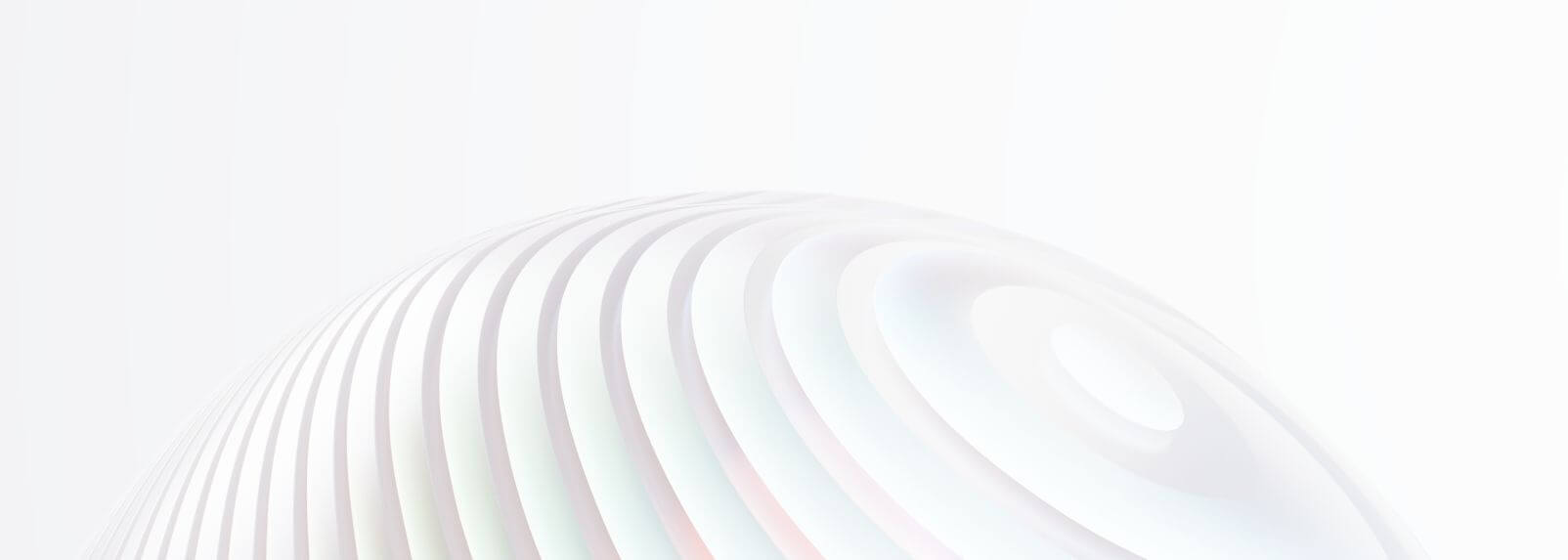
Intended Goals of the Experiment
The ability to analyze brain waves can be an essential component in making cognitive diagnosis and monitoring the neuro-health of crews in space.- Demonstrate the feasibility of monitoring longitudinal changes in brain activity and cognitive function during space flight using a high-density dry EEG system
- Identify and quantify such changes in on-going brain dynamics and activity while performing extensively validated research paradigms.
- Provide future long-term space missions with a simple to use, comfortable and accurate device for daily gauging of astronaut competence.
The Experiments
The experiment — spanning 8 days — was comprised of two daily 15-minute EEG recordings.
-
Real-time flight operations were conducted from the NASA Glenn Research Center’s (GRC) Telescience Support Center (TSC).
-
Real time video was routed to the brain.space office in Tel-Aviv for assistance in troubleshooting, and answering crew questions.
-
Data collected in orbit was transferred to brain.space and Ben-Gurion University researchers after each session for analysis.
Experiment 1: Resting State EEG Acquisition
Over the past two decades rs-EEG has emerged as the “gold standard” tool for detecting aberrant brain activity in scenarios ranging from the benign (sleep deprivation) to the pathological (schizophrenia).Experiment 2: Visual Oddball Task
The purpose of the oddball task is to elicit a response referred to as the ‘P300’, which originates from decision\-making networks. This waveform (peeking around 300-milliseconds after stimulus presentation) is characterized by its amplitude and latency, and has been shown to be effective in detecting abnormal brain dynamics.Training, Baseline & Post flight Data Collection
All astronauts that took part in the study were trained by brain.space and ZIN technologies personnel at the Axiom Space facility in February, 2022. The training procedure included:- Familiarization with the hardware interfaces and setup process.
- Proper donning of the headset.
- Using brain.space software.
- Ensuring proper connections and signal quality.
- Biomedical sterilization procedure.
- Conducting the exact experiment as planned in space on ground before the flight, in order to establish a starting point for
- the astronauts ahead of the mission. Baseline experiments were performed at the SpaceX facility between March 9th and March 11th, 2022.
- Conducting the exact experiment as planned in space on ground after the flight, in order to demonstrate the after effect, if any, of the mission in microgravity.
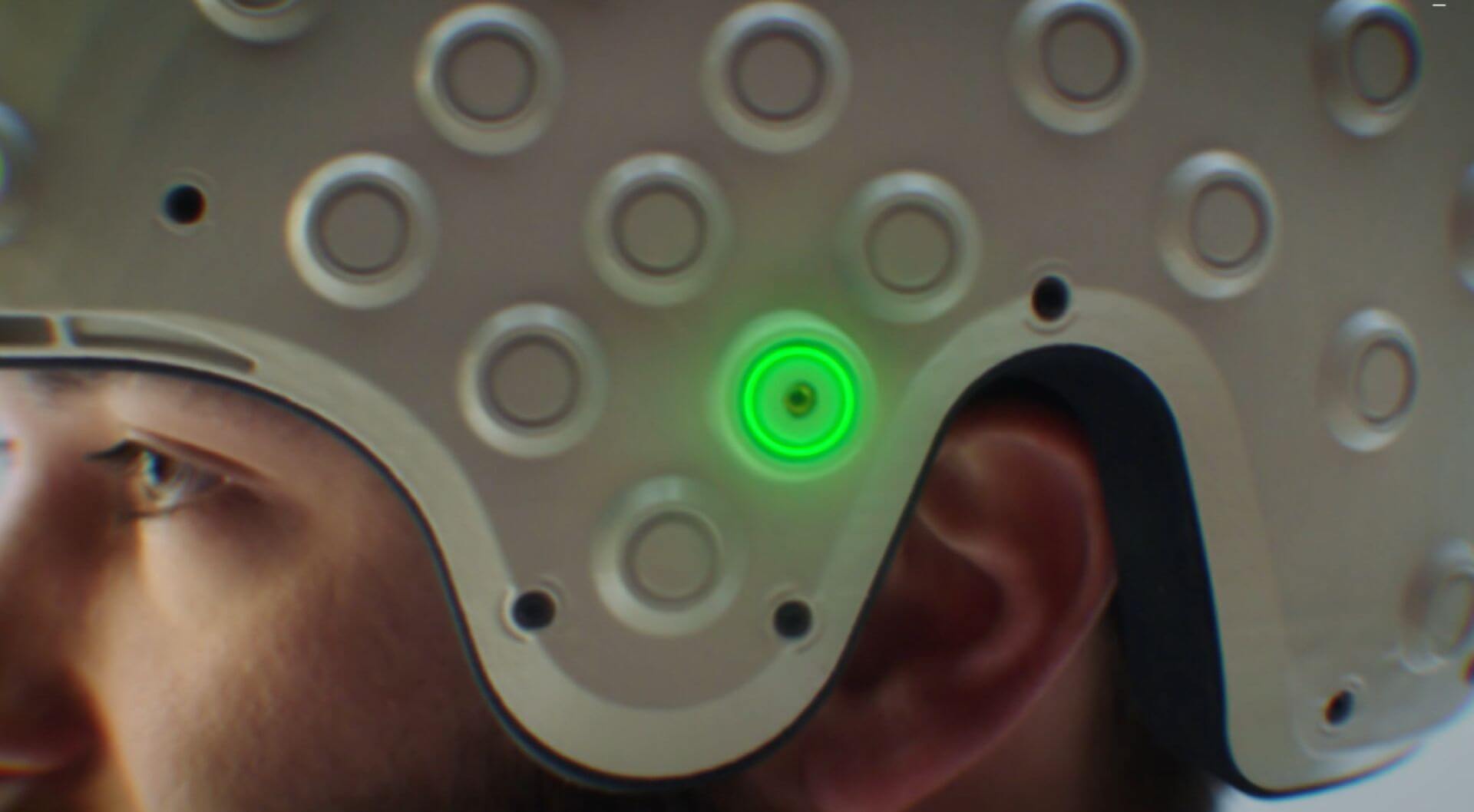
The Hardware Payload
The brain.space neurowellness experiment was performed in front of the Microgravity Science Glovebox (MSG) at MSG LAB1S.
The major components are:
- The brain.space 115 dry EEG headset.
- Manual pneumatic control system.
- System power supply designed for integration with the ISS power grid.
- Ear clip (reference sensor).





